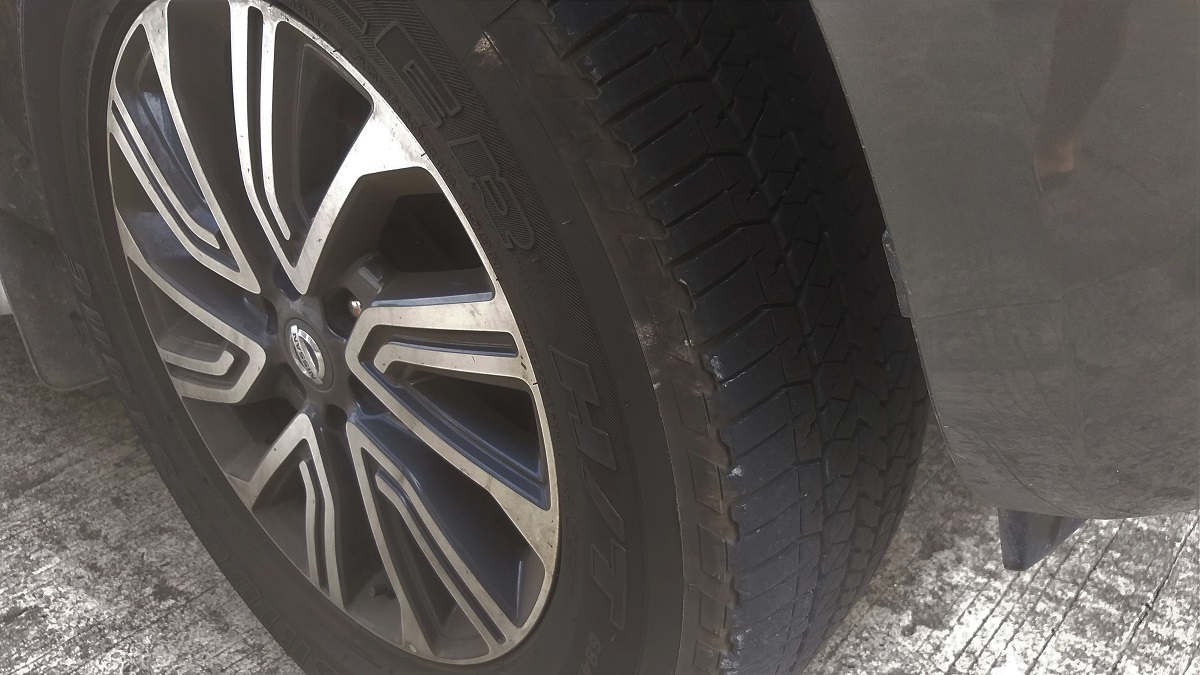Find out the information you need about How Often Do You Change Tires On Car in this article, all summarized clearly by us.

How Often Should You Change Tires on Your Car?
Maintaining your car is essential for ensuring both your safety and the longevity of your vehicle. One important aspect of car maintenance is regularly changing your tires. But how often should you change tires on a car? The answer to this question depends on several factors, including the type of tires you have, your driving habits, and the climate you live in.
In this comprehensive guide, we will delve into the intricacies of tire maintenance, explore the factors that influence tire replacement frequency, and provide expert advice on how to extend the lifespan of your tires. By the end of this article, you will have a clear understanding of the importance of timely tire changes and the steps you can take to ensure optimal tire performance and safety.
Tire Lifespan and Factors that Affect It
The lifespan of a tire can vary significantly depending on several factors:
- Type of Tires: All-season tires typically last between 30,000-50,000 miles, while performance tires may only last around 20,000-30,000 miles due to their softer rubber compound.
- Driving Habits: Aggressive driving, such as speeding, hard braking, and cornering, can significantly reduce tire life.
- Climate: Extreme temperatures, both hot and cold, can shorten the lifespan of tires.
- Road Conditions: Driving on rough or uneven roads can cause uneven wear and increase the risk of punctures.
- Vehicle Weight and Load: Carrying heavy loads can put extra stress on tires, leading to premature wear.
Determining When to Change Tires
There are several signs that indicate it is time to change your tires:
- Tread Depth: Tires should be replaced when the tread depth reaches 2/32 of an inch. You can check the tread depth using a tread depth gauge or the “penny test.” Insert a penny into the tread, with Lincoln’s head facing down. If the top of Lincoln’s head is covered, your tires have sufficient tread. However, if the top of his head is visible, it is time to replace the tires.
- Uneven Wear: If you notice uneven wear across the tire, it may indicate alignment issues or improper inflation. Uneven wear can compromise tire performance and safety.
- Bulges or Blisters: Bulges or blisters on the tire sidewall indicate a structural problem and require immediate replacement.
- Cracks or Dry Rot: Cracks or dry rot in the tire’s rubber indicate age-related deterioration and increase the risk of a blowout.
Tire Maintenance Tips and Expert Advice
To extend the lifespan of your tires and improve their performance, follow these tips:
- Proper Inflation: Maintain the recommended tire pressure as specified in your vehicle’s owner’s manual. Underinflation can lead to uneven wear and decreased fuel efficiency, while overinflation can reduce traction and lead to a rough ride.
- Regular Alignment: Regular alignment ensures that the tires make even contact with the road, which prevents uneven wear and improves handling and stability.
- Tire Rotation: Rotate your tires every 5,000-8,000 miles to ensure even tread wear and extend the life of the tires.
- Avoid Fast Starts and Stops: Aggressive driving can put excessive stress on tires and shorten their lifespan.
- Drive on Smooth Roads: Minimize driving on rough roads, as they can cause uneven wear and increase the risk of punctures.
- Check Tires Regularly: Regularly inspect your tires for signs of wear, damage, or improper inflation. Early detection can help prevent accidents and extend tire life.
FAQs on Tire Changing
Below is a list of frequently asked questions and answers related to tire changing:
- How often should I rotate my tires?
- Every 5,000-8,000 miles.
- What are the signs of a tire that needs to be replaced?
- Insufficient tread depth (less than 2/32 of an inch), uneven wear, bulges or blisters, cracks or dry rot.
- Can I change a tire myself?
- Yes, with proper tools and safety precautions. However, it is always recommended to consult your vehicle’s owner’s manual or seek professional assistance if you are not confident.
- How many miles do tires typically last?
- All-season tires typically last between 30,000-50,000 miles, while performance tires may only last around 20,000-30,000 miles.
Conclusion
Changing tires on your car is an essential aspect of maintaining your vehicle’s safety and performance. By following the guidelines presented in this article, you can ensure that your tires are replaced at the optimal time, maximizing their lifespan and efficiency.
Do you have any further questions about the topic? Share your queries in the comments section below, and we will strive to address them promptly.

Image: www.youtube.com
Thank you for reading How Often Do You Change Tires On Car on our site. We appreciate your visit, and we hope you benefit from How Often Do You Change Tires On Car.
 TeknoHo.com Trusted Information and Education News Media
TeknoHo.com Trusted Information and Education News Media



